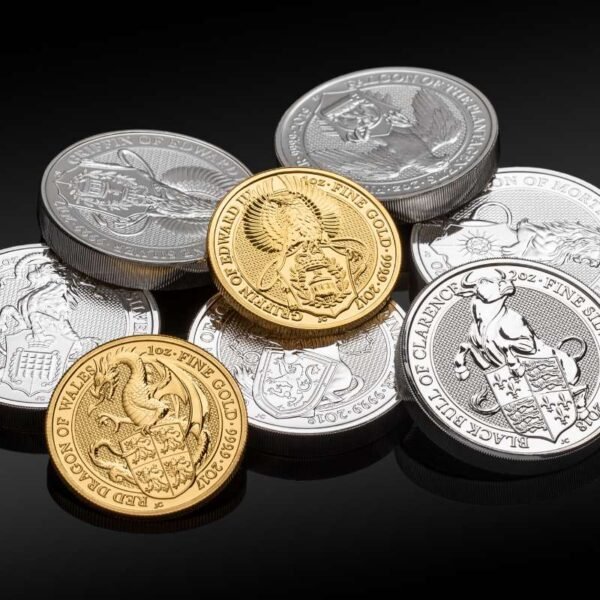In a strategic move to bolster its presence in the ever-growing streaming landscape, Walt Disney Co. has announced Full control of hulu with 33% stake from Comcast for a substantial $8.6 billion. This deal marks a significant turning point in Disney’s quest for supremacy in the streaming arena, granting the entertainment giant undisputed control of Hulu. Disney has been overseeing Hulu’s operations since 2019, following Comcast’s decision to relinquish its authority, effectively becoming a silent partner.
A Bold Move
While Disney provided minimal commentary on the acquisition, it did note that the move would “further Disney’s streaming objectives.” This bold step underscores Disney’s commitment to dominating the streaming market and diversifying its offerings to capture a wider audience.
Hulu, originally launched in 2007, emerged as a collaborative effort by entertainment conglomerates aiming to counter the rise of online platforms for TV shows. Disney entered the picture in 2009 with plans to feature content from its own subsidiaries, such as ABC, ESPN, and the Disney Channel. Fast forward a decade, and Disney increased its majority control of Hulu platform after acquiring 21st Century Fox.
Disney’s treatment of Hulu as one of its own services has been evident for years. Notably, in 2019, when Disney introduced its own streaming service, Disney+, it promptly offered a bundle that included Hulu and ESPN+. This strategy allowed Disney to provide a comprehensive streaming experience to its customers, cementing its position in the competitive streaming market.
Disney to Take Full Control Of Hulu for $8.61B
Disney’s Step Toward Profitability
In response to the growing pressure on streaming services due to rampant expansion, low prices, and widespread password sharing, Disney has initiated measures to maintain profitability. The company has pledged to crack down on non-paying users and has raised prices for ad-free versions of Disney+ and Hulu by 20% to 27%. CEO Bob Iger, in an August statement, clarified that the price increases were aimed at directing consumers toward more affordable ad-supported versions of these channels, with subscription prices remaining unchanged.
Iger also emphasized the advertising market for streaming, noting that it is currently on the upswing and healthier than traditional TV ads. Disney’s pricing strategy aims to encourage more subscribers to opt for the advertising-supported tier, which will undoubtedly boost the company’s revenue and strengthen its foothold in the streaming industry.
With this latest acquisition, Disney solidifies its position as a key player in the streaming world, setting the stage for further innovation and competition in the ever-evolving digital entertainment landscape.










